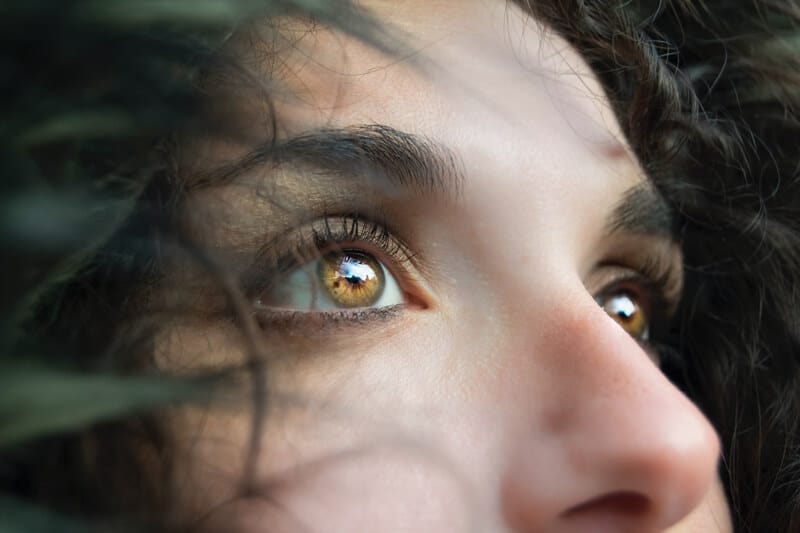It is a known fact that one of the organs that greatly affect people’s appearance is nose. For this reason, many people prefer to solve visual problems about their noses with rhinoplasty. However, rhinoplasty candidates have some doubts at this point. One of them is nose tip sagging.
How often is nose tip sagging seen after rhinoplasty? For whom does it occur? What to do to prevent? All are in our article.
What is Nose Tip Sagging?
Some changes may occur in tissues depending on aging. Similar changes may occur around nose area too. Especially some conditions like skin hardening and thickening can be expressed as one of the most important reasons of nose sagging over time. Some displacement of these skin and tissues due to gravity is defined as nose tip sagging or nose tip drop.
Nose tip sagging is not frequent after rhinoplasty. However, the risk is slightly higher for people over 40 and have hardness on their nose tissues. People with such a high risk are easily detected before surgery and necessary measures are taken to avoid this problem. The most common intervention performed at this point is to remove excess skin around nose. Many celebrities have also had the very popular rhinoplasty application.
Removal of excess skin, which is not preferred much in rhinoplasty operations due to the risk of scar, effectively prevents nose tip sagging. During excess skin removal, necessary care is taken to avoid scar. A surgeon who is an expert in the rhinoplasty field can perform this procedure in the way that the stitches remain inside.

Is Nose Tip Sagging Frequent?
Rhinoplasty has become a much more preferred cosmetic procedure especially in recent years. These operations which were performed for small noses in the past, are preferred as almost nose reshaping now. However, most patients have some hesitations about this problem before these surgeries.
False information about nose tip sagging have caused this problem to be transformed to almost an urban legend. Yes, there is a slight risk of nose tip drop after rhinoplasty. However, it should be known that this risk has decreased to very low levels thanks to the latest developed methods. Correspondingly, mentioned problem happens rarely.
Nose is the most important aesthetic structure on face. Nose structure is largely related to nose tip. It has been noticed that approximately 70% of patients, who are not satisfied with their nose structures and want to have their nose corrected with rhinoplasty, have nose sagging. Nose tip sagging usually causes nasal hump to be more noticeable. In such cases, nose tip is simply replaced with local anesthesia and problem is solved.
You May Also Like: Are the Results of Rhinoplasty Surgery Long-Lasting?
What Do We Do To Prevent Nose Tip Sagging?
The things to prevent nose tip sagging differs depending on nose structure of a person. Eventually, everyone’s nose structure is different and skin thickness around nose is not the same. Although the steps of the rhinoplasty procedure are standard, it can be expressed that solutions to be applied will be different. But, in general, it can be expressed that removing excess skin around nose area is the most effective method. Excess skin is removed from nose tip or nose wing. Care is taken to keep stitches inside and thus when it viewed from outside, there is no scar related with surgery.
Another reason of nose tip sagging problem is related to the inability of bone and cartilage structure to fully carry skin around. In such cases, some procedures can be performed related to cartilage and bone structure, except removal of the excess skin. Shortly, this problem is solved with different methods which are depending on the patient’s condition.
One last thing to know is about the recovery process after surgery. Fluid retention in the nose area after surgery may cause nose tip to lift a little. After the fluid retention is gone, nose tip goes down to the point where it should be. This is not a drop or sagging of the nose tip. It is a natural result of the healing process and there is no need to worry.

